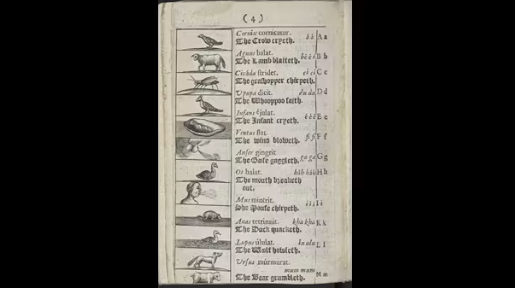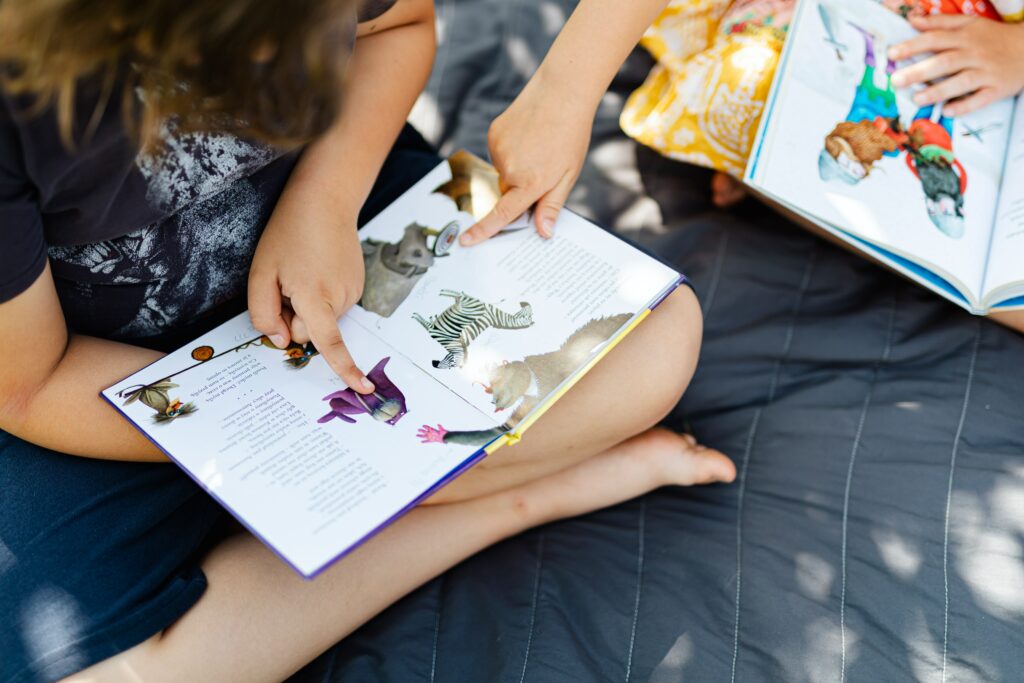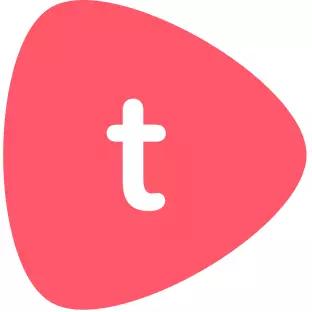Did you know, that the first children’s picture book was published over 350 years ago?

Yet, it was only in the late 20th century, that children’s picture books developed as a tool for interaction; a source to engage, inform and delight! From flaps to lift and textured pages, to pop-ups and rich illustrations, picture books are now a must-have in any Early Years setting, as well as being a feature in children’s homes.
With this guide, you are invited to think about picture books, and how you use stories to enhance the development of communication and language with your learners. These questions will help you reflect on your practice and examine your own approach and interactions during story sessions:
- What are the benefits of reading with children?
- How can we make full use of books as a tool to develop language and communication?
- How can we make stories come alive to foster a lifelong love of reading?
Who is this resource for?
- Early years educators looking to enhance their use of picture books in the classroom
- Early childhood leaders looking to provoke discussions with teams on developing literacy
- Early years administrators working with families to develop literacy skills at home
In this resource, you will get
- A developmental reading continuum for ages 1-6
- A poster set highlighting different ways to read with children
- Book recommendations to build phonological awareness
- Top ten techniques for storytelling with children





